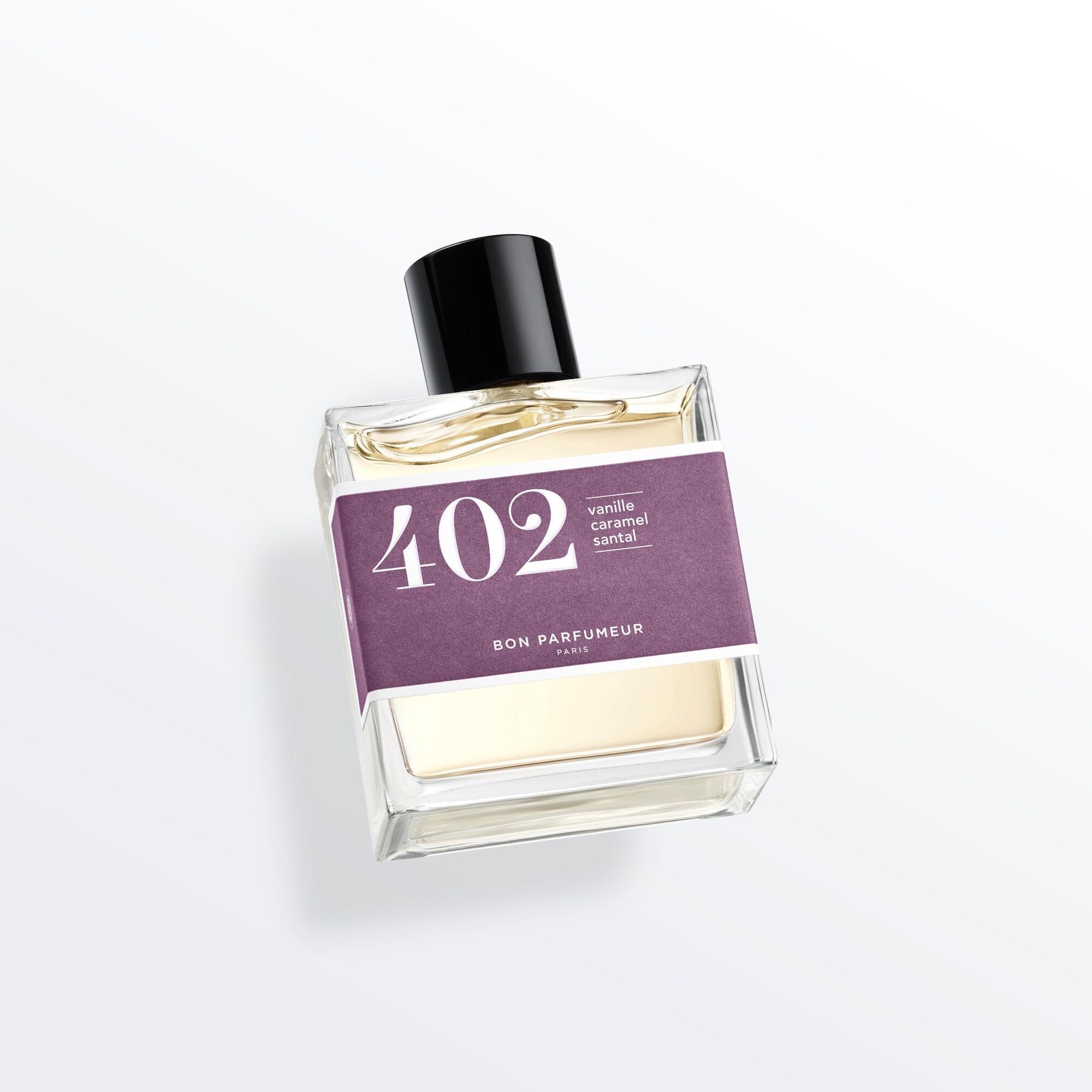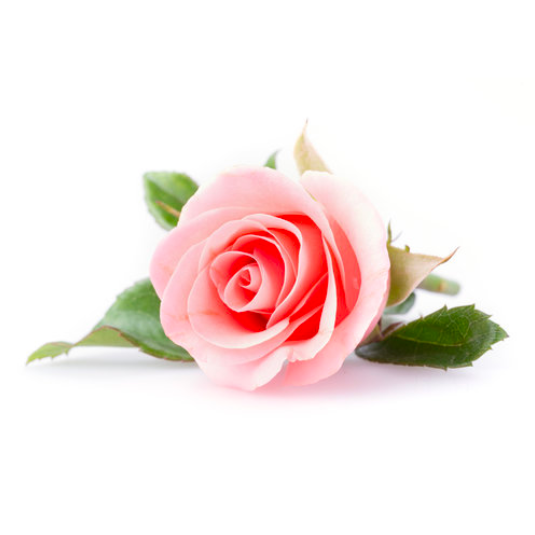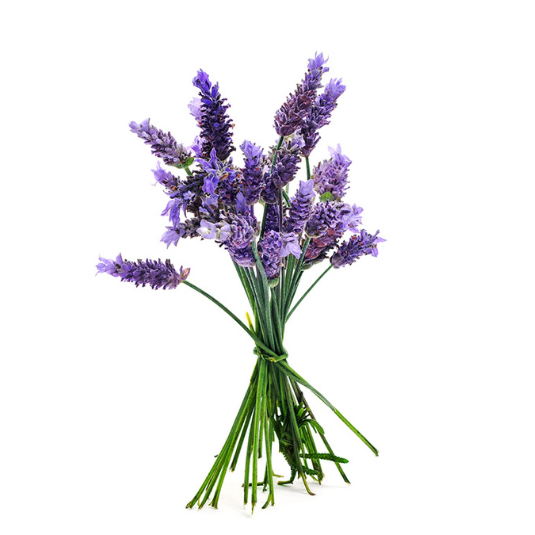What does the word geranium mean?
The geranium is a term used to designate a wide variety of herbaceous and perennial plants. Its name comes from the Greek "geranos", meaning "stork", in reference to the particular shape of its fruits. The geranium is native to South Africa.
Its history began in 1678, when a Dutch botanist, Paul Hermann, picked a few plants and brought them home. 10 years later, he noticed that they had adapted very well to the Dutch climate. From then on, geranium became the object of intense curiosity, first in England and then throughout Europe.
In the beginning...
The geranium, also known by its scientific name Pelargonium, has a rich and fascinating history. Originally from South Africa, this perennial plant was introduced to Europe in the 17th century and quickly became popular for its vibrant flowers and unique fragrance. Over time, the geranium spread throughout the world, finding its way into gardens, balconies and even indoor pots.
Today, there are many varieties of geranium, each offering different colors and shapes. In addition to its ornamental beauty, the geranium has also been used in traditional medicine and perfumery, thanks to its antimicrobial properties and intoxicating fragrance. The geranium has become a symbol of joy, vitality and floral beauty, leaving a lasting imprint on the history of botany and gardening.
Geranium cultivation
To plant a geranium, start by choosing a sunny spot with well-drained soil. Dig a hole slightly larger than the size of the geranium's root ball. Place the plant in the hole, ensuring that the top of the rootball is level with the ground. Fill the hole with potting soil or compost, packing lightly around the plant. Water abundantly to help establish the roots. Thereafter, water regularly and fertilize with a balanced fertilizer as required. Remove spent flowers to encourage continued flowering.
Geranium development begins with seed germination in a moist, warm substrate. Young shoots usually emerge within two weeks. The plants then grow and develop stronger leaves, stems and roots. Over time, stems lengthen, leaves unfurl and the plant branches out. When conditions are right, flower buds appear and turn into colorful flowers. The flowers attract pollinators, promoting reproduction. After flowering, seeds form and the geranium's development cycle begins again.
Geraniums are generally harvested by cutting the stems with clean scissors at the nodes or branching points. Flowers can be harvested when they are fully open and showing their bright colors. Leaves can also be harvested at any time, but it's best to do so in the morning when their essential oil content is highest. The harvested parts can then be used fresh, dried or distilled to extract essential oils, which are used in a variety of industries, including perfumery and cosmetics.
What do you know about geranium in perfumery?
The process of processing and transforming geranium into perfume begins with the harvesting of the flowers. Once harvested, geranium flowers are often subjected to an extraction method called steam distillation. The flowers are placed in a still where steam passes through them, extracting the essential oils. This steam is then condensed to form a mixture of water and geranium essential oil. The mixture is then separated to obtain pure geranium essential oil. This essential oil is used in the composition of perfumes, where it adds floral, soft and slightly sweet notes. It can also be used in other perfumery products such as lotions, soaps and candles, lending its distinctive aroma to these products.
Geranium offers a distinctive and characteristic olfactory profile. Its fragrance is often described as fresh, green and slightly lemony. The dominant notes are floral, reminiscent of rose and carnation blossom, with a touch of freshly cut herbs. Some geraniums may have fruity nuances, evoking apple or lemon scents.
Overall, the scent of geranium is both gentle and energizing, bringing a sense of freshness and vitality to a scented composition. Its pleasant, distinctive scent makes it a valuable ingredient in the perfume industry, adding a distinct, elegant floral note to fragrant compositions.Geranium fragrance is widely used in perfumery to create fresh, floral compositions. Its essential oils bring sweet, floral and slightly lemony notes, adding elegance and freshness to fragrances. It is a precious ingredient appreciated for its distinctive olfactory profile.
Geranium is an integral part of the ferny notes in perfume. As such, its scent blends wonderfully with woody and chypre fragrances. It is often blended with cedarwood, vetiver and amber. Patchouli and fern moss are often combined with geranium in masculine compositions, adding a touch of elegant seduction. Its fragrance is also used in citrus, aromatic and floral fragrances with jasmine and even violet.
Interesting fact!
This plant is recognized for its many health and skin benefits. An infusion of geranium can relieve diarrhea. Geranium helps regulate blood sugar levels. Externally, geranium is used as a gargle for sore throats and inflamed tonsils, as a lotion for sore eyes and to promote wound healing. Chopped fresh leaves are also reputed to soothe skin irritations and heal wounds and cuts.
Popular geranium perfumes
• Geranium Pour Monsieur eau de parfum by Frédéric Malle: A unisex perfume featuring geranium with notes of mint, rhubarb and sandalwood.
• Eau de Campagne eau de toilette by Sisley: A refreshing fragrance with notes of geranium, basil, lemon and vetiver.
• Fougère Royale by Houbigant is an emblematic perfume that includes geranium in its composition. In "Fougère Royale", geranium is used to create a classic, timeless perfume with green, herbaceous notes.
• Cool Water by Davidoff uses geranium to give a fresh, aquatic feel. These fragrances testify to the versatility and appeal of geranium in perfumery, which continues to be appreciated for its aromatic and refreshing facets.
Geranium X Bon Parfumeur
Geranium fragrances from Bon Parfumeur are an excellent option for those seeking an ecological and ethical alternative when it comes to perfumery products.
The ''YMC'' Collaboration has mandarin as its top note, in addition to geranium.
Eaux de Parfums 302 and 803 also feature geranium scent combined with rose, giving a fresh air to the fragrance. Try Bon Parfumeur's geranium perfumes now for a responsible and respectful approach to your beauty.





















